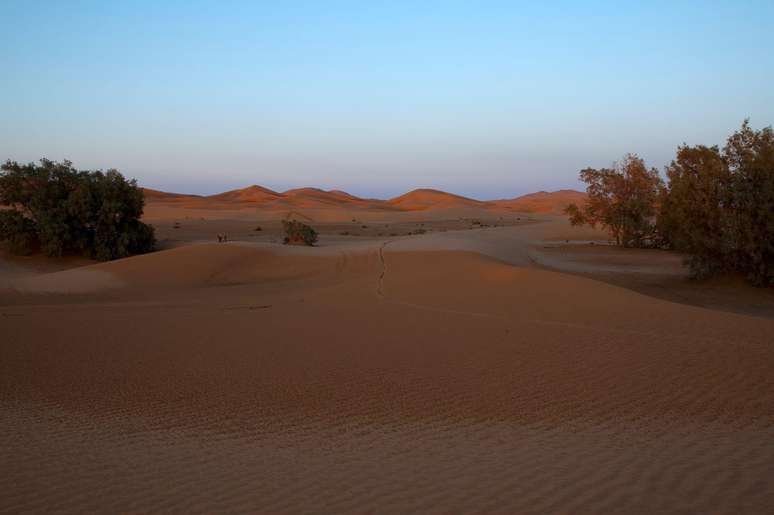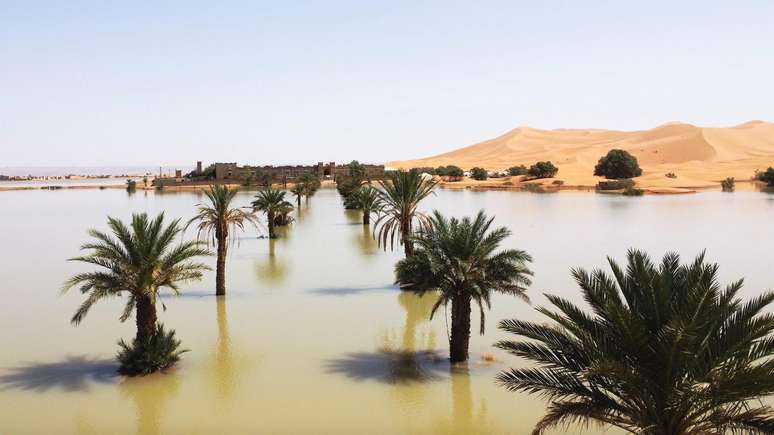The Sahara, which spans 12 countries in Africa, is the largest hot desert in the world.
Two days of heavy rain caused unusual flooding and exceeded Morocco’s annual rainfall averages, generating scenes rarely seen in the Sahara desert.
The Sahara, which spans 12 countries in northern, central and western Africa, is the world’s largest hot desert.
“It hasn’t rained this much in such a short period of time for 30 or 50 years,” Houssine Youabeb, an official at Morocco’s meteorological agency, told the Associated Press (AP) news agency.
Heavy rains in the Sahara Desert could cause changes in the region’s weather patterns in the coming months.

Southeast Morocco is one of the driest places in the world and it rarely rains in late summer.
In Tagounite, a city 450 kilometers south of the capital Rabat, more than 100 millimeters of rain was recorded in 24 hours.
Meteorologists call this unusual rainfall an extratropical storm. As the air holds more moisture, it promotes evaporation and triggers more storms, Morocco’s meteorological agency explained.

Satellite images from NASA, the American space agency, show that the bed of a lake, which had remained dry for 50 years, was filling up, between the cities of Zagora and Tata.
According to the World Meteorological Organization (WMO), water cycles around the world are changing more frequently.

“As a consequence of rising temperatures, the hydrological cycle has accelerated,” explains Celeste Saulo, secretary general of the WMO.
“It has also become more erratic and unpredictable, and we face increasing problems related to too much or too little water.”
As extreme weather events become more common due to global warming, scientists predict similar storms could occur in the Sahara in the future.
Source: Terra
Rose James is a Gossipify movie and series reviewer known for her in-depth analysis and unique perspective on the latest releases. With a background in film studies, she provides engaging and informative reviews, and keeps readers up to date with industry trends and emerging talents.






